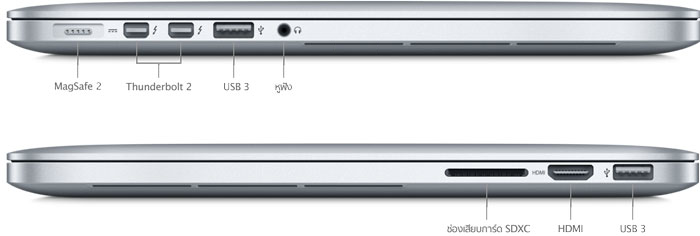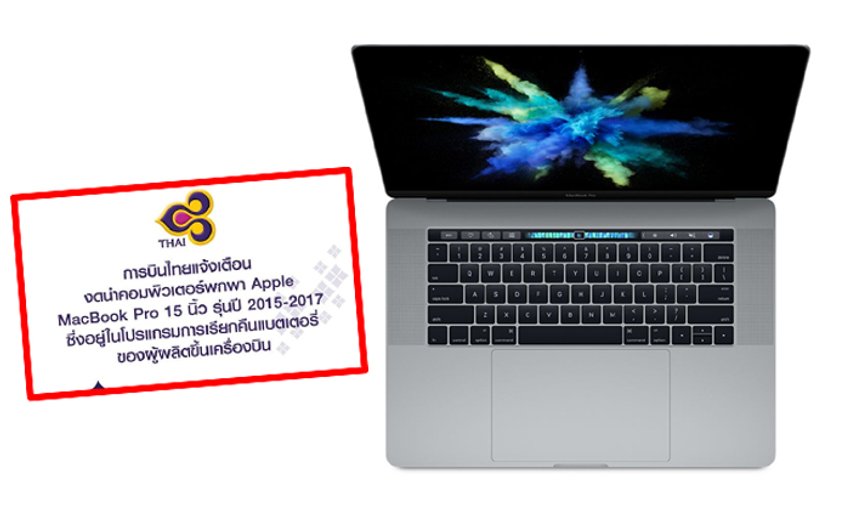
Something every MacBook user had taken for granted - a keyboard that’s quiet, long-lasting, and comfortable to use - no longer existed in the world of the MacBook Pro.

The butterfly-switch keyboard would end up being the one detrimental mistake that Apple couldn’t take back.

The changes only served to highlight what had been sacrificed from the 2015 model. The butterfly keyboard, meanwhile, drew sharp criticism, with shallow travel and a nasty tendency towards sticky keys. The Touch Bar was fine, but still hasn’t found that one killer use or fully convinced us of its utility. The most noticeable changes in the 2016 model - the Touch Bar and new keyboard - felt jarring and wildly different from what came before. Even the iconic Apple logo on the lid had lost its glow. There was a new Force Touch trackpad and the entire Function row was replaced by the Touch Bar. The redesign changed nearly everything that was familiar about the older design. The inconvenience was massive, even if USB-C was more attractive on paper due to its reversible nature and support for super speedy Thunderbolt 3.Įven the iconic Apple logo on the lid had lost its glow. A USB-A port works with a massive range of different products, from mice to thumb drives to external storage, all of which would now need adapters. But a floppy disk drive can only accept one type of input. And granted, Apple’s move dragged the computer industry kicking and screaming into the USB-C future. Granted, people said the same thing when Apple ditched the floppy disk. Most notably with the 2016 MacBook Pro, that was anyone who frequently used USB-A devices with their laptop. The problem with leaping headlong into the future? People get left behind. One step forward, two steps back Malarie Gokey/Digital Trends

In 2016, that feeling became all too familiar.
2015 APPLE MACBOOK PRO . MAC
Experienced Mac users will remember all too well the company’s jettisoning of floppy disks, Ethernet ports, and CD drives from days gone by. It doesn’t creep and crawl towards the new horizon, it slams down on the pedal and floors it. When Apple decides to move in a different direction, there are no half measures. It marked the jumping-off point before Apple left its comfort zone and headed into unknown territory with the 2016 MacBook Pro. It was the last to feature the Magic Keyboard until its glorious return late last year, and the last to come with physical Function keys. It was the last to come with ports like USB-A, HDMI, and a full-size SD card slot. Bill Roberson/Digital Trendsīut most importantly, the 2015 MacBook Pro was a laptop of “lasts.” The last MacBook Pro to come with MagSafe, the popular magnetic power port. The Retina display was sharp, beautiful, and color-accurate and the trackpad was way ahead of its rivals, and these were deservedly considered major attractions for the MacBook Pro.

The keyboard was one of the most comfortable you could find on a laptop, offering plenty of travel and excellent backlighting. These weren’t revolutionary features at the time, but we loved them all the same. It had a fantastic keyboard, a vibrant screen, plenty of ports, and a great trackpad, all coupled with Apple’s trademark build quality and impressive performance under the hood. They say you don’t know how good you’ve got it until it’s gone, and that’s perhaps nowhere clearer than with the 2015 MacBook Pro. A laptop of lasts Bill Roberson/Digital Trends With the anniversary causing us to take a wistful glance back in time, we thought it’d be a good opportunity to reflect on what the 2015 MacBook Pro 13 did so well - and what future models can learn from it. After so many years of hit-and-miss products, 2015’s model was the last truly excellent 13-inch MacBook Pro we ever got. Only 2019’s MacBook Pro 16-inch has been universally liked, but it’s expensive and too large for most people.


 0 kommentar(er)
0 kommentar(er)
